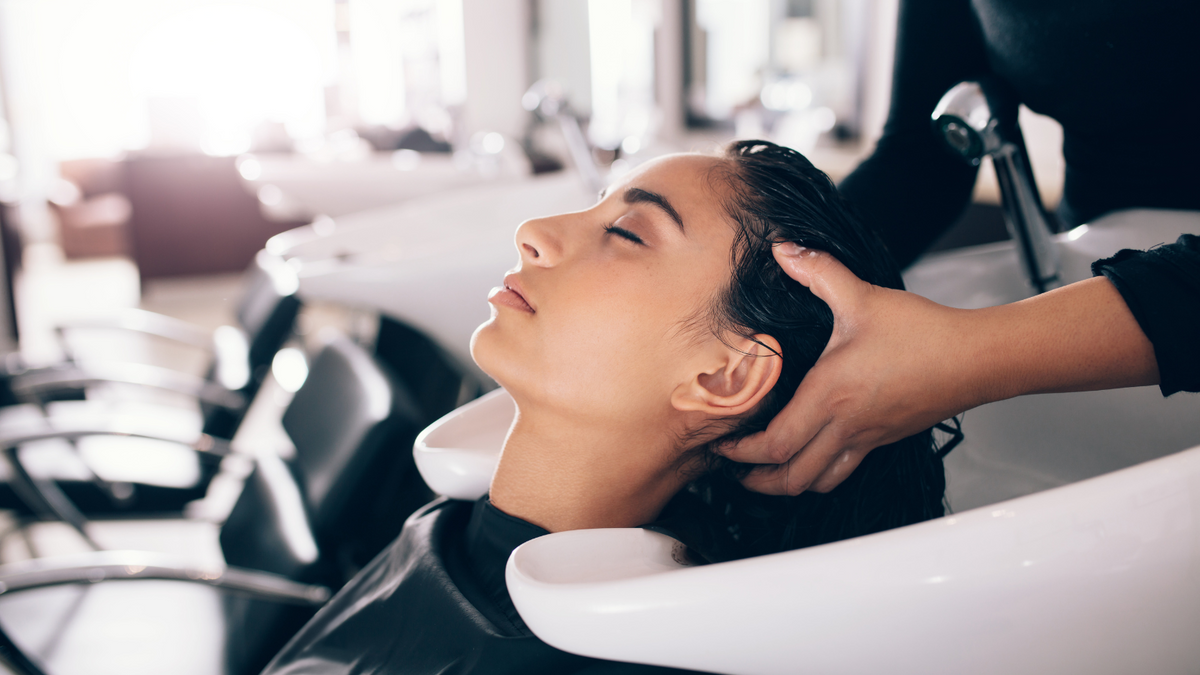Have you ever wondered about the science behind those luscious, beautiful locks? Understanding the biology of your hair is the key to achieving and maintaining healthy and vibrant hair. Let’s embark on a journey into the fascinating world of hair biology, exploring the basics that contribute to the beauty of your tresses. ♀️
The Structure: A Closer Look at Hair Anatomy
At its core, each strand of hair is made up of a protein called keratin. The hair follicle, located beneath the skin’s surface, is the structure responsible for producing hair. Understanding the anatomy involves recognizing three main layers: the medulla (the innermost layer), the cortex (the middle layer containing keratin and melanin), and the cuticle (the outermost protective layer of overlapping cells). This layered structure contributes to the strength, color, and texture of your hair.
The Growth Cycle: An Ongoing Process
Hair doesn’t just appear magically; it undergoes a continuous growth cycle with three main phases: anagen (the active growth phase), catagen (the transitional phase), and telogen (the resting phase). On average, your hair grows about half an inch per month, and each strand of hair on your head is at a different stage of the growth cycle. Understanding this cycle is crucial for addressing concerns like hair loss or breakage and optimizing the conditions for healthy growth.
The Scalp’s Role: Nurturing the Roots
Your scalp plays a vital role in the health and appearance of your hair. Hair follicles embedded in the scalp receive nourishment from blood vessels, delivering essential nutrients for growth. Maintaining a healthy scalp environment is key to preventing issues like dandruff, itchiness, or excessive oiliness, which can impact the quality of your hair. A well-nourished scalp is the foundation for beautiful locks. ♂️
The Impact of Genetics: Unveiling Your Hair’s Potential
Genetics significantly influence your hair’s texture, color, and susceptibility to certain conditions. Understanding your genetic predispositions can help you tailor your hair care routine to suit your unique needs. Whether your hair is naturally straight, wavy, or curly, and whether it tends to be oily or dry, is often predetermined by your genetic makeup. Embracing your natural hair type allows you to work with, rather than against, your genetic tendencies. ♀️
The Influence of Hormones: From Adolescence to Adulthood
Hormones play a crucial role in hair growth and appearance, and hormonal changes can significantly impact the condition of your hair. During puberty, hormonal shifts can alter the thickness and texture of your hair. Similarly, hormonal changes during pregnancy, menopause, or medical conditions can lead to temporary or permanent changes in your locks. Understanding these influences can help you adapt your hair care routine to various life stages.
Maintenance and Care: Nurturing Your Natural Beauty
Now that you’ve gained insights into the biology of your beautiful hair, the next step is to tailor your care routine accordingly. Regular and gentle washing, proper conditioning, protecting your hair from environmental damage, and a balanced diet rich in nutrients all contribute to maintaining the health and vibrancy of your locks. Understanding the biological foundation empowers you to make informed choices for a beautiful and sustainable hair care journey.
Conclusion: Embracing the Science for Radiant Locks
As we unravel the biology of beautiful hair, it becomes clear that achieving and maintaining gorgeous locks is a holistic process. By understanding the structure, growth cycle, scalp health, genetic influences, hormonal factors, and effective care practices, you unlock the secrets to radiant and healthy hair. Embrace the science, celebrate your unique hair journey, and nurture the natural beauty that is uniquely yours. ✨

Leave a Reply